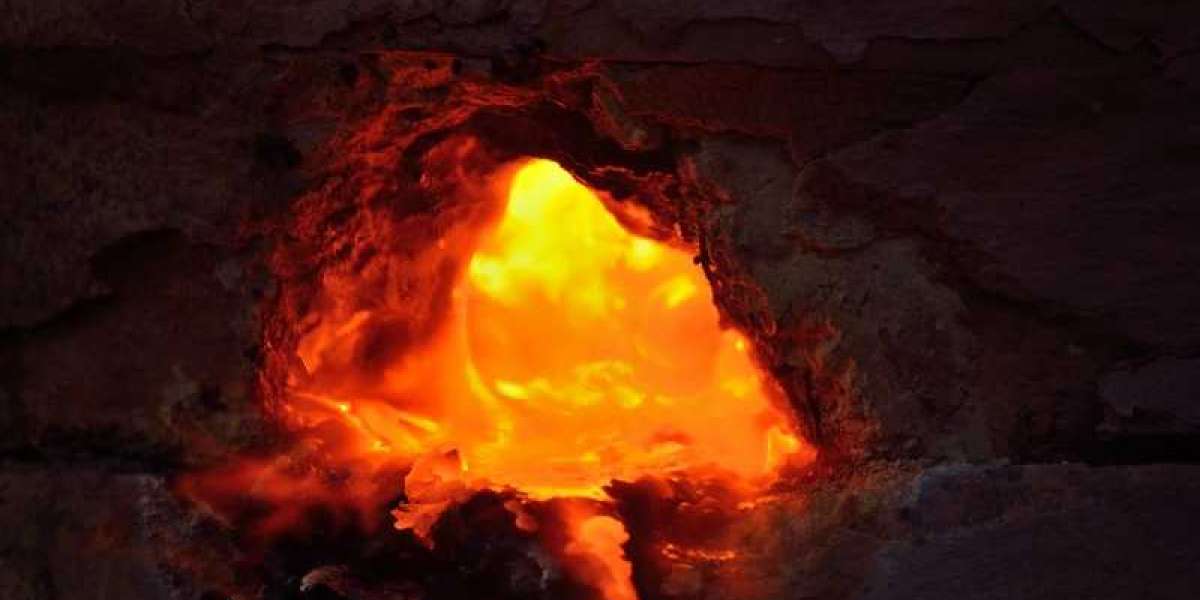Cast iron is a type of iron alloy that is widely used in various industries due to its durability, versatility, and low cost. It is made by melting iron along with other elements in a furnace, and then pouring the molten metal into a mold to create the desired shape. In this article, we will discuss the process of making cast iron in iron casting plant.
- Selection of raw materials
The first step in making cast iron is the selection of raw materials. Iron ore is the primary raw material for making cast iron, but other materials such as coke, limestone, and scrap iron can also be used. The quality of the raw materials is crucial in determining the quality of the final product.
- Preparation of the charge
Once the raw materials have been selected, they are mixed together in a specific ratio to form the charge. The charge consists of the iron ore, coke, and limestone, which are loaded into the furnace for melting.
- Melting the charge
The charge is then melted in a furnace, which is typically a large cylindrical container made of steel. The furnace is heated using coke, which is a fuel made from coal. The coke burns at a high temperature, which helps to melt the iron ore and other materials in the charge.
- Removing impurities
As the charge is melted, impurities such as sulfur, phosphorus, and other non-metallic elements are formed. These impurities need to be removed to produce high-quality cast iron. This is done by adding a flux, which is a substance that reacts with the impurities and forms a slag that floats on top of the molten metal. The slag can then be removed, leaving behind purer cast iron.
- Adjusting the composition
Once the impurities have been removed, the composition of the cast iron can be adjusted by adding alloying elements such as manganese, chromium, or nickel. These elements can improve the strength, hardness, and other properties of the cast iron.
- Pouring the molten metal
Once the composition has been adjusted, the molten metal is ready to be poured into a mold. The mold is typically made of sand or a similar material and is designed to create the desired shape of the cast iron. The mold is carefully prepared by packing it with sand and creating a cavity in the shape of the desired cast iron product.
- Cooling and solidification
Once the molten metal has been poured into the mold, it begins to cool and solidify. This process can take several hours depending on the size and complexity of the cast iron product. During the cooling process, the molten metal transforms into a solid metal, forming the shape of the mold. The solidified cast iron is then removed from the mold.
- Finishing
The final step in making cast iron is finishing. The cast iron product may require additional processing such as grinding, polishing, or painting to achieve the desired surface finish. The finishing process can be done either manually or using automated equipment.
In conclusion, the process of making cast iron involves selecting raw materials, preparing the charge, melting the charge, removing impurities, adjusting the composition, pouring the molten metal, cooling and solidification, and finishing. This process requires careful attention to detail and high-quality raw materials to produce cast iron of the desired quality.








